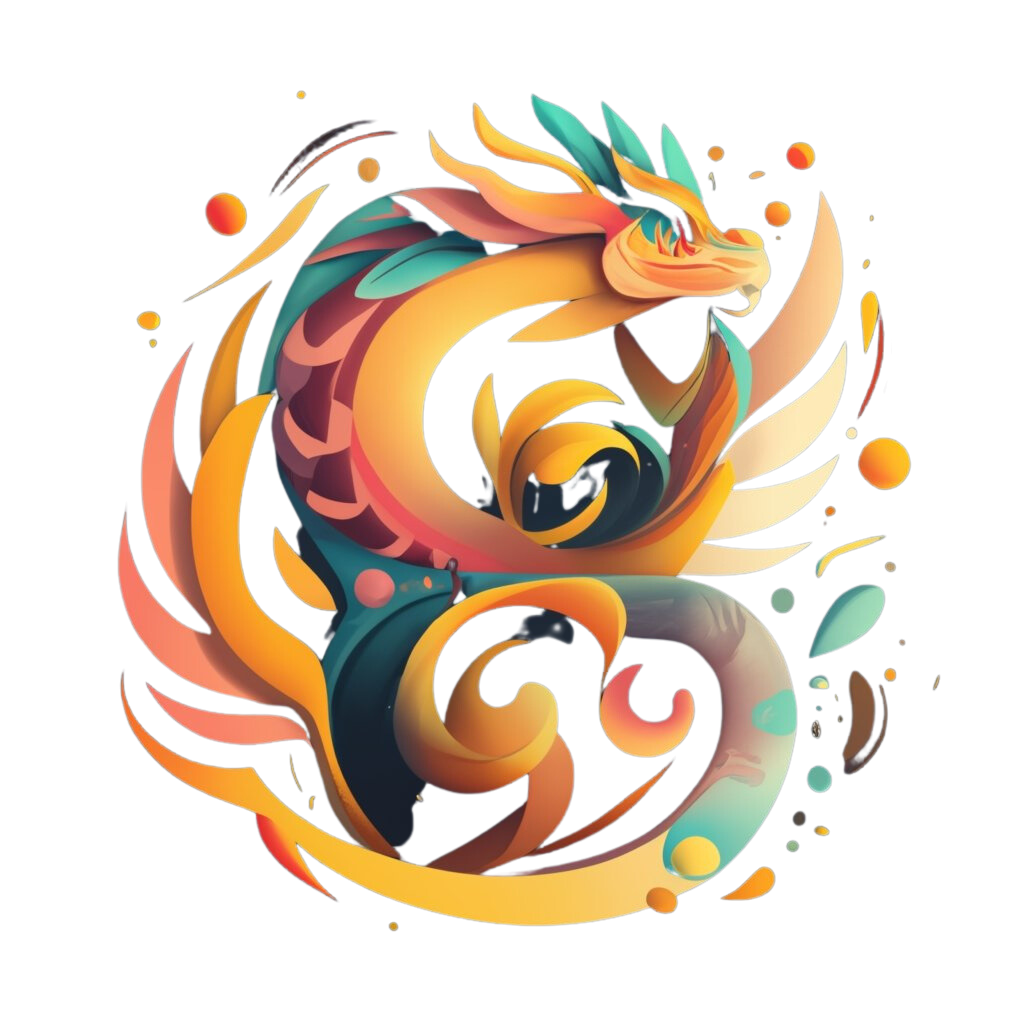Argentina's cultural heritage is deeply tied to its myths. Shaped by Indigenous, Spanish, and gaucho traditions, generations have passed down stories of strange and haunting beings. These tales are more than just entertainment—they’re reflections of Argentina’s fears, beliefs, and identity.
Why Argentine Folklore Still Haunts Modern Tales
Argentina’s folklore is a blend of traditions, shaped by Indigenous spirituality, Spanish colonial influences, and rural gaucho life. Together, they gave rise to creatures that explain mysteries, teach lessons, or terrify.
In rural areas, storytelling is a vital tradition. Myths serve as moral warnings and help communities stay connected to the land and each other. Creatures often act as supernatural enforcers, punishing those who break rules or disrespect nature.
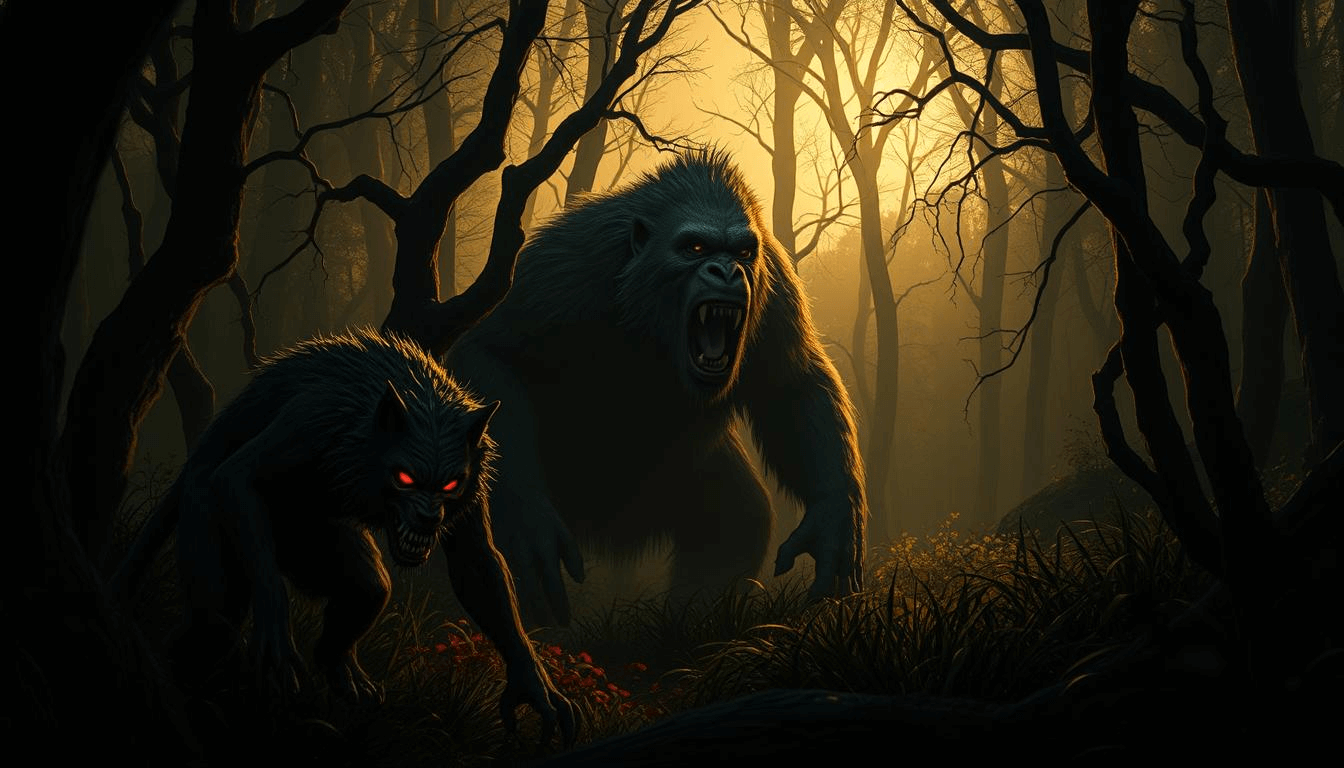
Creature | Moral Lesson/Warning | Cultural Influence |
El Lobizón | Punishment for moral transgressions | Spanish and Indigenous |
La Luz Mala | Warning about lost souls or bad omens | Gaucho and Indigenous |
El Pombero | Respect for nature and community | Guaraní mythology |
El Lobizón – The Argentine Werewolf
One of Argentina’s most feared figures is El Lobizón, a cursed creature tied to the legend of the seventh son. According to tradition, the seventh son of a family transforms into a werewolf on full moon nights.
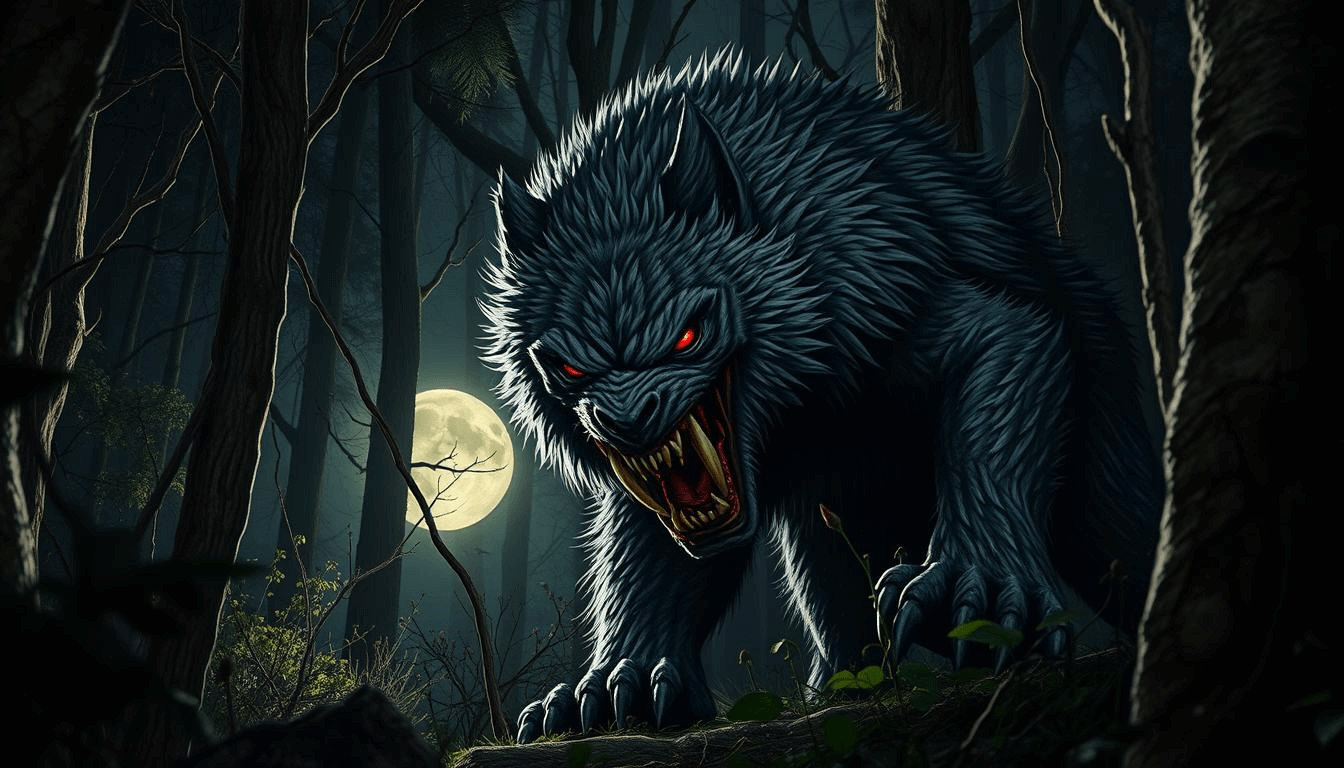
The transformation, symbolic and terrifying, represents society’s fear of the outsider or the unknown. The full moon triggered a loss of control, unleashing the beast within. It also reflects distorted masculinity—a man overtaken by primal instinct, shunned by society.
El Lobizón remains an influential figure in Argentine tales, embodying the tension between humanity and the wild.
La Luz Mala – The Evil Light
Seen across fields, rivers, and forests, La Luz Mala is a flickering light that locals believe marks a cursed spot. These lights are often thought to be spirits of the dead or omens.
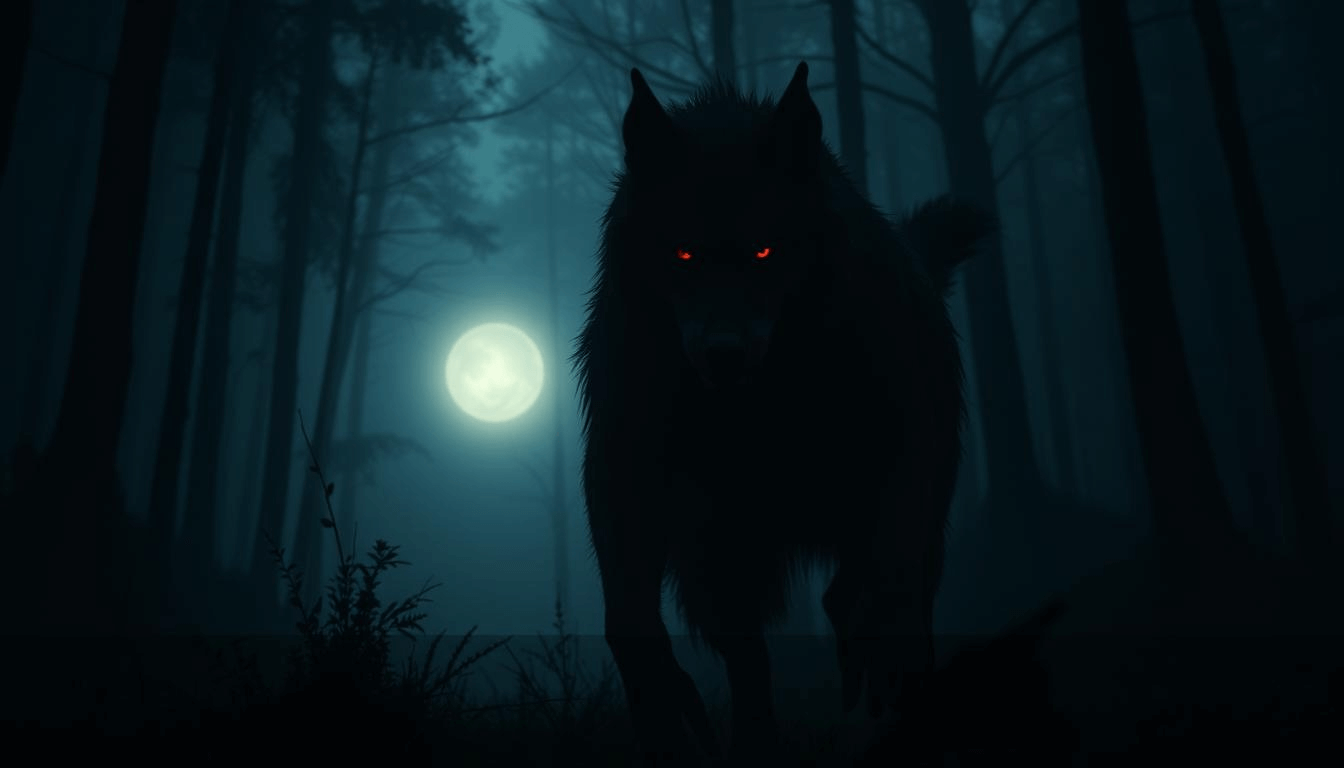
In many areas, people believe they appear where treasure lies buried, left behind by those who died violently or unjustly. Yet trying to retrieve it brings misfortune. The light represents both temptation and danger.
Region | Common Locations | Associated Beliefs |
Patagonia | Open fields, near rivers | Lost souls, treasure |
The Pampas | Swamps, old estancias | Bad omens, spiritual danger |
Rural Argentina | Fields, forests | Warnings, hidden treasure |
El Pombero – The Mischievous Forest Goblin
El Pombero, a short, hairy forest dweller with backward feet, is known across northern Argentina. Originating from Guaraní myth, he acts as both protector and mischief-maker.
He can cause crops to fail or scare off animals, but he can also guard the forest if respected. Locals leave offerings like tobacco or liquor to keep him content.
This myth highlights the delicate balance between humans and nature—and the unseen forces believed to maintain it.
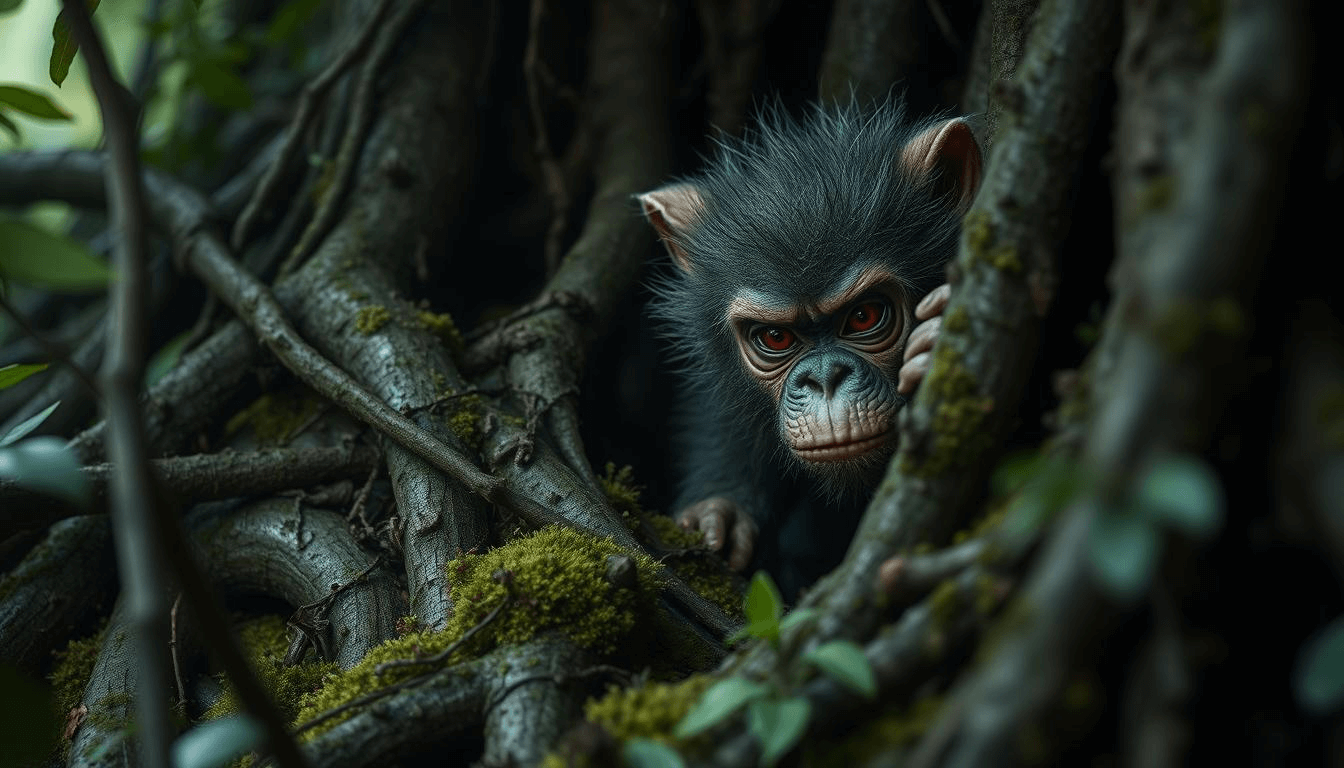
El Familiar – The Demon of the Sugar Plantations
In the province of Tucumán, El Familiar is feared as a dark beast kept by wealthy sugar plantation owners. Said to be fed human lives in exchange for prosperity, this demonic figure reflects deep fears around exploitation and greed.
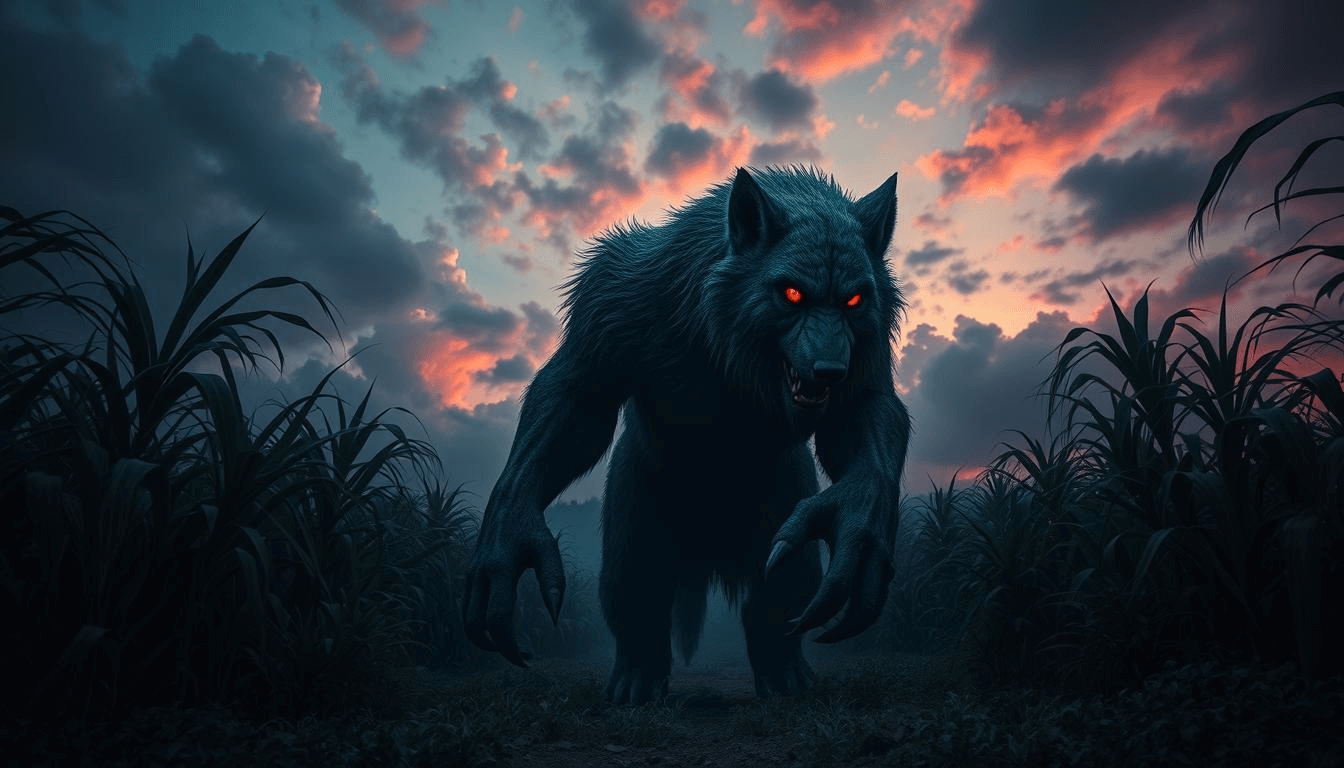
Connection to Wealthy Landowners and Pacts with the Devil
The connection between El Familiar and the wealthy landowners is a central theme in this folklore. It is believed that these landowners make pacts with the demon, offering human sacrifices in exchange for their wealth and power. This narrative serves as a cautionary tale about the costs of ambition and the dangers of seeking power through dark means.
La Salamanca – The Cave of Witches
La Salamanca refers to hidden caves believed to be gathering places for witches and spirits. Those who enter seeking power must perform rituals or dance with the devil.
These caves, often feared in rural lore, symbolize the danger of forbidden knowledge. Stories of La Salamanca serve as cautionary tales about ambition, temptation, and spiritual peril.
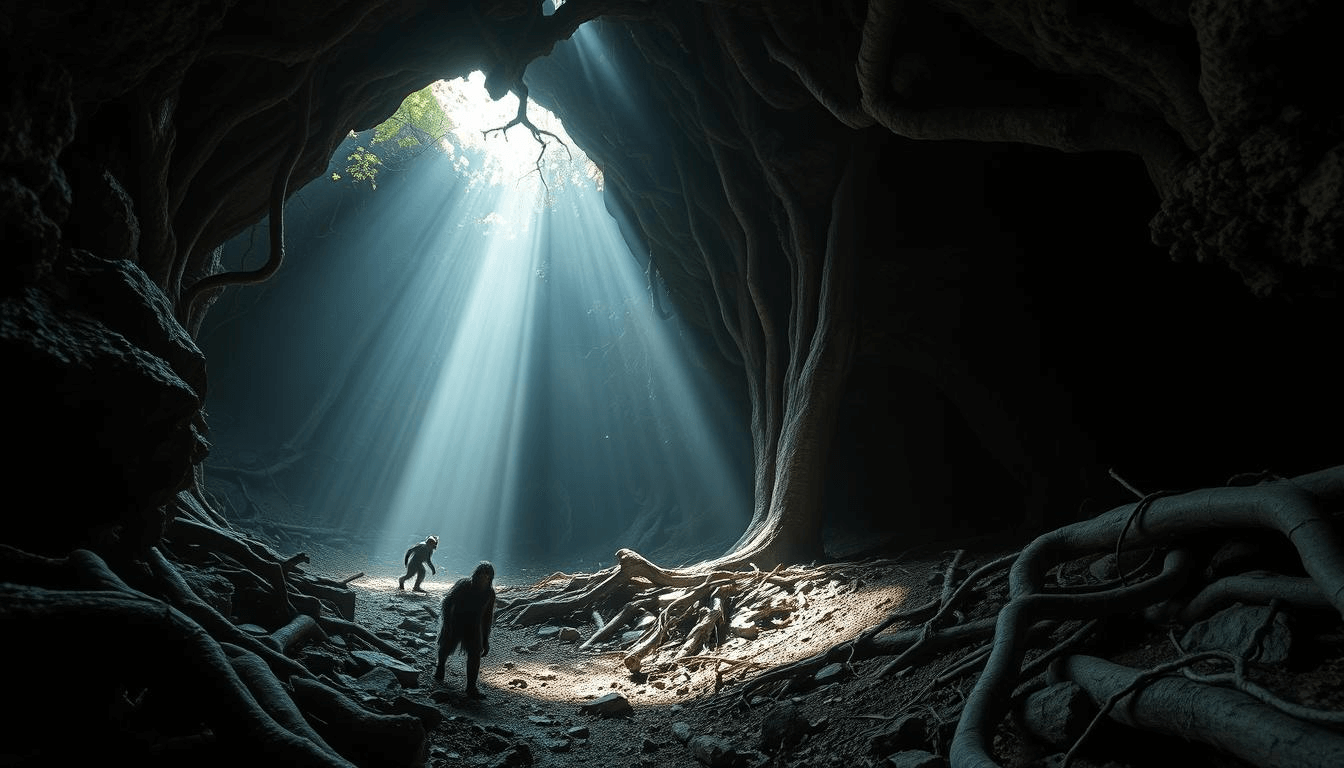
El Ucumar – The Argentine Bigfoot
El Ucumar is described as a large, hairy creature lurking in the Andes—Argentina’s version of Bigfoot. Blending Indigenous and Andean beliefs, El Ucumar is said to guard the forest.
Sightings inspire both fear and awe. To many, he symbolizes respect for nature’s untamed power and mystery.
La Llorona – The Weeping Woman (Argentine Version)
Though found throughout Latin America, Argentina’s version of La Llorona still chills those who hear her cries by the river. Said to be the ghost of a woman who lost her children, she wanders, weeping in eternal sorrow.
Her Cries Near Rivers and Warnings to Children
La Llorona's cries near rivers are a pivotal element of the legend, serving as a warning to children to avoid wandering near water bodies alone. The sound of her weeping is believed to be an omen, signaling danger or impending doom.
In some versions of the tale, La Llorona is seen as a malevolent spirit who lures children to their deaths, while in others, she is a tragic figure, lamenting the loss of her own children. This duality reflects the complex nature of the character and the various interpretations of her story within Argentine folklore.
El Almamula – The Cursed Woman as a Beast
El Almamula is a woman cursed to become a mule as punishment for moral sins. She runs through the night, dragging chains that echo her shame.
This creature symbolizes societal judgment, especially toward women who break norms. Her haunting gallop is a warning passed through generations.
El Yasy Yateré – The Child-Stealing Goblin
From Guaraní legend comes El Yasy Yateré, a blonde forest goblin who lures or punishes children who stray too far. He carries a magical cane said to grant him powers.
This tale reminds families of the dangers of the wild and the importance of heeding warnings. He represents both mischief and danger in the unknown.
Common Themes in Argentine Folklore
Argentina’s mythical creatures reflect deeper ideas:
Punishment for Sin, Betrayal, and Disrespect
Many mythical creatures in Argentine folklore are associated with punishment for moral transgressions. For instance, El Almamula, a woman turned into a mule for moral wrongdoing, symbolizes the punishment for sin. Similarly, La Llorona, or The Weeping Woman, is often seen as a symbol of guilt and maternal grief, cautioning against the consequences of certain actions.
Creature | Punishment/Theme | Moral Lesson |
El Almamula | Transformation into a beast | Punishment for moral transgressions |
La Llorona | Weeping and wandering | Guilt and maternal grief |
El Lobizón | Transformation into a werewolf | Fear of the unknown and curses |
Fear of Isolation, Wild Nature, or Spiritual Curses
The fear of isolation and the untamed wilderness is a recurring theme, reflected in creatures like El Ucumar, a hairy humanoid said to inhabit the Andes. This fear is deeply rooted in the vast, wild landscapes of Argentina, evoking a sense of awe and trepidation.
How These Creatures Live On in Modern Argentina
In modern Argentina, the stories of mythical creatures are more than just tales; they are a living heritage. These stories have been passed down through generations, and their influence can still be seen in various aspects of Argentine culture.
Stories Still Told in Rural Towns
In rural areas, the tales of El Lobizón and La Llorona continue to be told around campfires, serving as cautionary stories that have been part of Argentine folklore for centuries.
The tradition of storytelling is a vital part of rural life, where these mythical creatures are woven into everyday conversations. For instance, the legend of El Pombero is often used to explain strange occurrences in the forest, such as unexplained noises or missing items.
Influence in Books, Festivals, and Local Legends
The influence of these mythical creatures extends beyond oral traditions, permeating literature, festivals, and local legends. Argentine authors often incorporate these creatures into their works, adding depth and cultural context to their stories.
Festivals celebrating these creatures are common, with La Salamanca being a particular focus due to its association with witches and the supernatural. These events not only celebrate the folklore but also attract tourists, contributing to local economies.
Final Thoughts
Argentina’s mythical creatures aren’t relics of the past. They live on through the stories we share, the places we fear, and the lessons we pass down. These legends continue to shape identity, community, and imagination.
If you enjoyed this journey, don’t miss our post on Brazilian Mythical Creatures.
